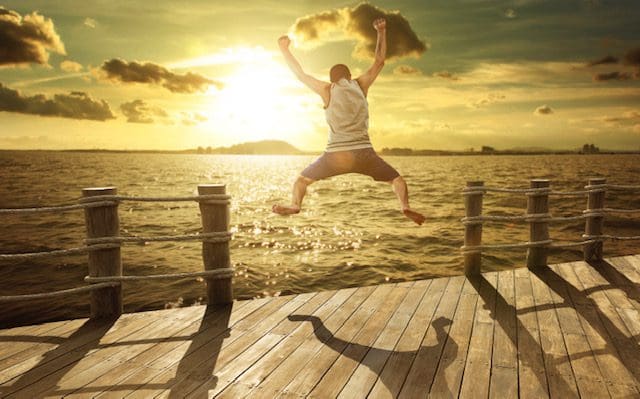Betting Kings Security and Risk has issued some Travel Considerations for our members to consider during the pandemic
With sports starting back up this week as well as summer vacationing, more members are traveling. There’s no doubt that vacation can have a positive impact on your health and wellbeing. But with the pandemic, travel becomes much more challenging. Before traveling, make sure to check with the state you’re traveling to for their current COVID-19 response. Some states like New York have issued a 14-day quarantine mandate for those traveling to New York from certain states. Also, make sure to check with your own state as to the requirements upon returning to your state from your travel destination.
Here are some of the top considerations while traveling during the pandemic:
Where you’re traveling
When you travel, you’re more likely to have greater exposure to shared spaces, such as restaurants, hotels and public restrooms, which increases your chances of being exposed to COVID-19. While the infection rate in some areas may be low, increased exposure to the public means that the risk is still there. If you’re traveling to an area currently experiencing an increase in cases, your chances of contacting the virus will be even higher.
Which mode of transportation you’re using
Not all types of travel are equally risky. Traveling by air, for example, is riskier than crossing the country in an RV. Keep in mind, airports are a high-risk area, because you have a lot of people from different areas moving through a centralized location in close contact with each other.
As a result, airports, particularly big city airports, are a hot zone for infectious diseases and novel pathogens. Make sure you wear your mask throughout the airport terminal, boarding/deplaning the aircraft and the entire duration of your flight. Once you’re seated on the plane, your risk is somewhat reduced – assuming surfaces are cleaned regularly, passengers and flight attendants are all wearing masks, and people are spaced greater than 6 feet apart.
Most viruses do not spread easily on flights because of how air circulates and is filtered on airplanes, according to the Centers for Disease Control and Prevention (CDC).
Where you’ll be staying
You’re less likely to encounter the virus camping in the woods than in a busy hotel in a big city. A hotel is a shared environment, so it comes with its own risk factors. Look for hotels that have implemented risk-reduction protocols, such as requiring guests and staff to wear masks in public areas, shutting down common areas and only cleaning rooms between guests. Still, your best bet is to select lodging options that expose you to the fewest number of people to keep your risk as low as possible.
What you’ll be doing
Activities that put you within 6 feet of someone you are not traveling with are inherently risky. There are plenty of things you can do while traveling that allow you to maintain a safe distance from other people.
Hiking, camping, even dining in a restaurant that has implemented appropriate safety protocols can afford you sufficient physical distance to stay safe.
*Crowded or enclosed spaces like museums, concerts and other public events are much higher risk. In these areas, it is critical for everyone to be masked, though that does not eliminate the risk of transmission.
Strategies for Staying Safe While Traveling
Travel, by definition, increases your chances of getting and spreading COVID-19. Before you go out of town, make sure to check state and local travel restrictions and do some research to learn whether COVID-19 is spreading in your area or where you’re traveling. Some states require out-of-state visitors to self-quarantine.
“If you decide to travel, it’s important to remember that the coronavirus is a respiratory virus,” Dr. Ben-Aderet says. “When you understand that, the recommended guidelines to protect yourself from the virus make more sense.”
What to do
Practice good hand-washing hygiene: Wash your hands with soap and water for at least 20 seconds, especially after visiting a public place or touching potentially contaminated surfaces. No access to soap and water? Use hand sanitizer until you’re able to get to a sink.
Avoid touching your face: Your nose and mouth are primary routes of transmission. Keeping your hands away from your face will help prevent contaminated droplets from reaching your mucus membranes.
Wear a mask
Covering your nose and mouth with a mask ensures germs stay put. “It’s a lot harder for a respiratory droplet to hit you or contaminate a surface you might come into contact with if everyone is masked,” Dr. Ben-Aderet says.
Practice physical distancing: Virus-containing droplets can travel through the air. If you keep your distance from the people around you, you’re more likely to avoid infection.
Most importantly, recognize that as a traveler, you have a responsibility to protect not just yourself, but also the people around you. If you’re exposed to COVID-19 while you’re traveling, you can spread the virus to loved ones when you return, even if you are symptom-free.
People who are over age 60, or who have underlying medical conditions, are especially vulnerable to developing serious illness from COVID-19.
We’re dealing with a new virus which acts differently than anything the medical community has seen previously. There are still ways to travel safely. The key is to take the threat of this coronavirus very seriously and to follow the guidelines laid out by the CDC and your local state and local health officials.


